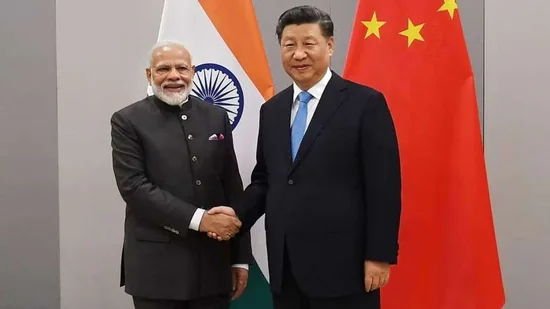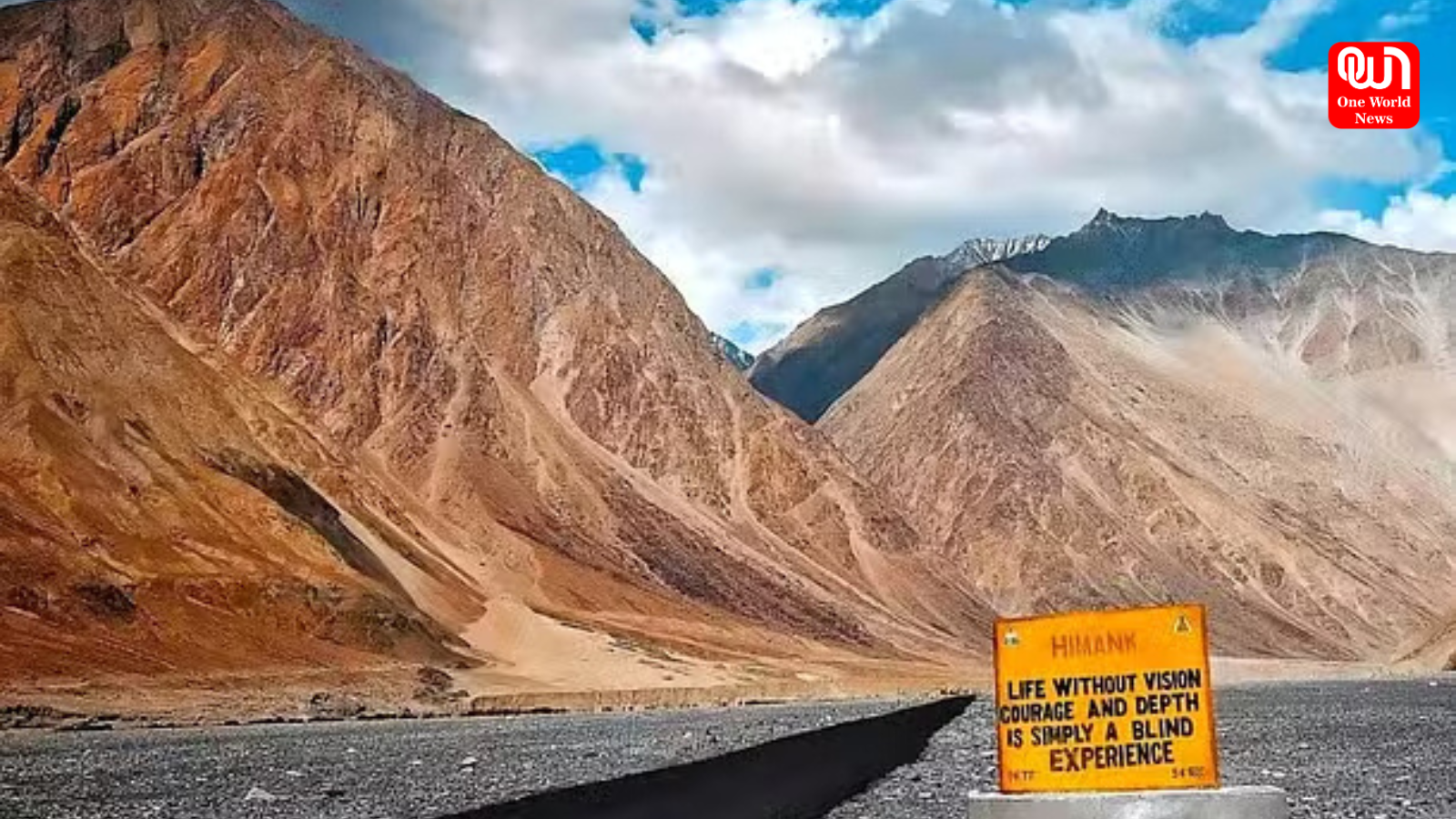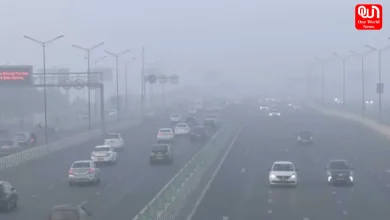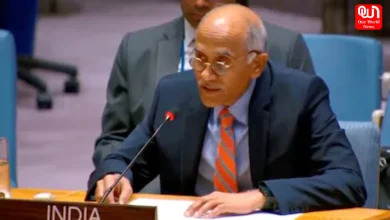Path to De-escalation: India-China Disengagement in East Ladakh and Its Implications on the LAC
India and China begin disengagement in East Ladakh, paving the way for de-escalation along the LAC, but the process remains complex and challenging.
India-China Disengagement in East Ladakh: A Step Towards De-escalation Along the LAC but Challenges Remain

India and China are almost on the verge of disengagement in the areas of Depsang and Demchok in East Ladakh by Diwali. This is a huge development in reducing tensions prevailing at the Line of Actual Control (LAC) since 2020. There are still many challenges ahead along the entire 3,488-kilometer stretch that will test the concerns for trust and security concerns between the Indian Army and PLA of China.
Read more: 19-year-old pregnant girlfriend killed after she asks her Boyfriend to marry her!!
Such an exercise of disengagement effort is needed at Depsang and Demchok where standoffs by the troops are very sensitive in the matter of deployment. At Depsang, it remains concentrated upon the bottle-neck point where Raki Nullah flows through to enter Depsang Bulge and thereby assumes significance as the very inlet point. For the last few years, both sides have been denied the right to patrol in this area: the Chinese have not been allowed to patrol beyond the bottle-neck, and Indian patrols have not been allowed to reach points 10 to 13 A. Once the disengagement is done, both sides would be able to resume limited patrolling in these disputed areas, giving a semblance of normalcy to military operations.
Read more: UPSC CSE Result Update: Civil Services Mains exam 2023 Reserve List released !
Similarly, on the Demchok side, Charding Pass and the junction of the Ningling nullah with that of Charding will go to the Indian Army while PLA patrols can move from the Indus River till the Charding-Ningling Nullah junction. These give a measured step towards reducing the tensions at certain flash points, but much more work is still to be completed before the entire LAC can gain stability.
The Road to Full De-escalation: While disengagement in Depsang and Demchok is a positive development, this is only the first step toward comprehensive de-escalation along the LAC. The India-China special representatives charged with charting out the de-escalation plan face a formidable task, as the process is going to take time and considerable logistical effort. India faces particular difficulties in such mountainous terrain as found in East Ladakh. They are remote locations, with two mountain passes over 5,000 meters on either side, so equipment and provisions need to be flown in. China has the benefit of having a relatively flat Tibetan highland, which simplifies mobility and logistics.
Still, de-escalation at Ladakh means more than just reducing troop numbers. China deployed four more integrated battle groups to places throughout Sikkim and Arunachal Pradesh before President Xi Jinping’s re-election as supreme leader in November 2022. Both will have to consider withdrawing the extra troops that include land forces and also air force resources such as fighter aircraft, artillery, rocket regiments, tanks, and ballistic missiles that have been put on high alert since the escalation.
Mutual Trust and Role of Military Commanders: The road map to peace and stability along the LAC is one that requires not only a nod from the political leadership of both countries but coordination at the level of the military commanders on the ground. For India, there’s an added challenge of dealing with high mountain passes and glaciated terrain, mainly in the eastern sector. Ultimately, de-escalation and the process of relocating forwardly deployed forces will be in the hands of military leadership that have to balance operational security with the imperatives of diplomacy.
Mutual trust is the essential factor for success in this process. Events of 2020, including a clash in Galwan Valley that resulted in casualties, have left a deep trust deficit between both sides. To overcome this mistrust, military movements must be very cautiously managed and agreements on patrolling reached by both governments should be honored. It is the discipline and professionalism of both Indian and Chinese armies that hold out hope for an agreement being respected; but the road ahead will still be delicate.
Mutual and Equal Security as the Basis: Unless positioned on the principle of mutual and equal security, any form of de-escalation measure cannot work. They should each feel confident that their respective concerns about security are being given proper attention and neither at an advantage over the other, if strategy is involved. Mishaps in regard to measures of disengagement/ de-escalation do become critical factors in rehabilitating their trust and putting a stop to further escalations.
The process of disengagement shall be carried out in a way that is transparent and verifiable to ensure that both parties adhere to their commitments. This will include continued regular contact between military commanders and involvement through special representatives and diplomatic channels.
The Road Ahead: Though disengagement in Depsang and Demchok is a positive step, de-escalation across the entire LAC will demand sustained effort and cooperation from India and China. Both the nations must collaborate to establish a sustainable framework for peace and tranquility in the region that can be addressed considering the security concerns and geographical challenges of both sides.
The long and painful process of de-escalation will mark the way to stability in the region and to avoiding future conflict: careful management, mutual respect, and commitment to equal security can guide India and China toward a more peaceful and stable future on the LAC.
We’re now on WhatsApp. Click to join.
Like this post?
Register at One World News to never miss out on videos, celeb interviews, and best reads.






